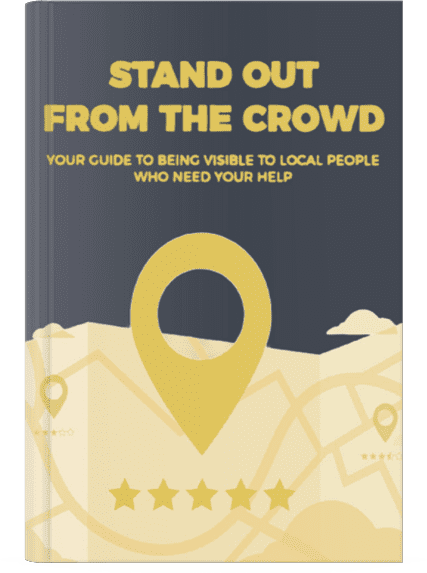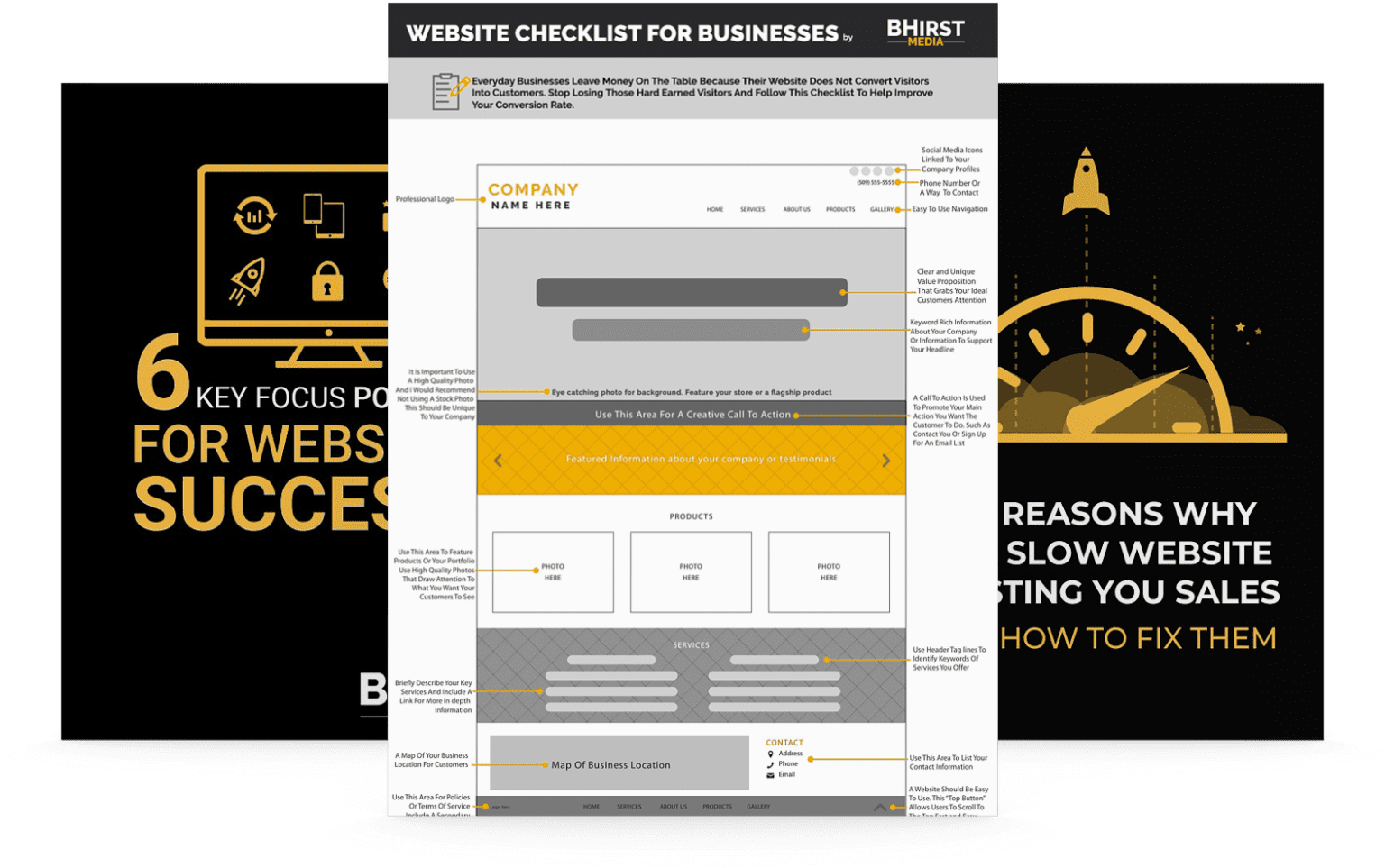
Are you tired of crafting meta descriptions that don’t seem to capture the attention your content deserves on the search engine results page? In the vast expanse of the World Wide Web, standing out is crucial, and it all starts with that critical tag that can significantly impact your site’s SEO. This post delves into key strategies for creating engaging and concise meta descriptions that resonate with readers and search engines alike. We’ll address common pitfalls to avoid and share insights on optimizing your tags for mobile users – a vital consideration in today’s mobile-first digital environment. By following these SEO optimization tips, you’ll learn how to enhance click-through rates and solve the frustrating problem of being overlooked by potential site visitors.
As I delve into the world of SEO, understanding meta descriptions is crucial for enhancing a web page’s search rankings and user engagement. These short snippets of HTML provide valuable information that can significantly influence a customer’s experience and their perception of a brand. I’ll guide you through how meta descriptions impact both a site’s visibility and its ability to attract clicks. Knowing their role in SEO and user interaction is essential for optimizing your online presence effectively.
In the realm of SEO, a well-crafted meta description serves as the introduction to your site’s content on the internet. This crucial HTML element, while not directly influencing search engine rankings, can increase the likelihood of a user clicking on your URL. My own experience aligns with Yoast SEO’s guidelines, which emphasize that a compelling meta description acts much like ad copy, impacting CTR (click-through-rate) and thereby sending positive signals to search engines about the relevance and usefulness of your data.
Imagine you’re scanning search results and you see a descriptive, engaging preview beneath a link. That’s the power of a meta description to bridge the gap between your site and potential visitors. By including targeted keywords naturally, I ensure that the meta description gives both users and search engines a clear summary of the page’s content. This practice enhances visibility and encourages engagement, ultimately guiding users to click through to my site, and I have seen this strategy succeed time and again.
In my professional journey, I’ve found that user engagement hinges significantly on the meta description’s ability to connect with the individual behind the search query. When I craft a description, I keep in mind that this brief text can determine whether a user feels compelled to click on a result from a google search. Best practice dictates that the description’s length aligns with Google’s algorithm preferences, which currently suggests up to 160 characters—an ample space to both inform and intrigue.
I ensure that every description I create is a clear reflection of the page content, delivering instant value by succinctly addressing the user’s intent. This approach not only satisfies Google’s search algorithm but also builds trust with the audience. For instance, when I describe a ‘blue widget,’ I emphasize its benefits briefly and accurately, allowing the user to gauge instantly if the content matches what they’re looking for, thereby increasing engagement and reducing bounce rates.
In my approach to optimizing online marketing content, I’ve honed the art of creating meta descriptions that are both engaging and succinct. To truly capture a reader’s attention, I use action-oriented language that stimulates curiosity and an eagerness to click. It’s crucial to stay within the recommended character limits, preventing your snippet from being cut off in search engine indexing. I advise steering clear of keyword stuffing while ensuring the meta description includes relevant terms, fitting everything within the tight pixel constraints. A persuasive call to action is the final touch, turning casual browsers into active visitors. These practices form the core of crafting meta descriptions that serve your SEO goals effectively.
When I optimize meta descriptions for WordPress sites, I prioritize action words to boost user engagement with organic search results. My extensive keyword research informs the selection of these dynamic terms, designed to evoke an immediate response. By employing verbs like “discover,” “unlock,” and “achieve,” I actively encourage clicks, aiming to improve the overall user experience within the limited space granted by search engines.
My professional strategy involves meticulously integrating these action-oriented words to resonate with the searcher’s intent. For instance, instead of a passive phrase, I might say “Experience the best of..” to begin a meta description, instantly grabbing attention and indicating an active and rewarding user journey ahead. This approach significantly lifts the appeal of search snippets, directly contributing to superior click-through rates in organic search results.

In my experience as an SEO professional, adhering to the optimal character limit for meta descriptions is a best practice that cannot be overlooked. Search marketers know well the challenge of condensing the essence of a page into about 155 to 160 characters; it’s akin to crafting a compelling email subject that must spark interest at a glance. As I integrate phrases rich with keywords like “email marketing” or “user intent,” I am always mindful of this limit, ensuring that my descriptions pack a punch without being truncated in search engine results.
My hands-on work with technology and online content has taught me that brevity coupled with relevance is the key to writing effective meta descriptions. Balancing the brevity with user intent necessitates a clear and direct phrase that captures the core message of a web page. I strive to deliver a brisk snapshot that not only informs but also entices, which in turn supports the dual goals of SEO optimization and user satisfaction, propelling those vital click-through rates that every search marketer seeks to boost.
In the dynamic field of digital marketing, the power of language cannot be overstated, especially when it’s used to drive action on a landing page. A clear and persuasive call to action (CTA) in your meta description raises visibility and captures attention, guiding potential customers towards the desired action. I make it a point to craft CTAs that speak directly to the reader, using imperative language like ‘Learn more’ or ‘Get started today’ to create a sense of urgency and relevance.
Through my hands-on experience, I’ve learned that a finely tuned CTA can significantly impact a page’s click-through rate. It’s not just about asking users to click; it’s about offering them a clear path to the value they seek. For instance, a call to ‘Discover the ultimate guide in digital marketing’ can be more inviting than a simple ‘Click here’, particularly when you want to emphasize the depth and utility of the content on your landing page. This detail in language solidifies the connection between user intent and the valuable content awaiting them, enhancing both user experience and SEO outcomes.
In my approach to refining the art of meta description creation, I pay particular attention to the natural integration of primary keywords. Placing these keywords at the beginning of the metadata ensures relevance and aligns closely with image-savvy search strategies, like those utilized by HubSpot. It is equally important to avoid keyword stuffing and maintain readability, crafting a meta description that invites clicks with a compelling call to action. These tactics are foundational for creating an effective SEO strategy that captures and holds the attention of potential visitors.
In my practice of optimizing meta descriptions, I’ve discovered that placing primary keywords at the beginning is a strategic move. This positioning directly aligns with how search engines like Google weigh the initial words of a snippet for relevance. For example, if ‘social media marketing’ is a priority keyword for my content, including it at the start of the meta description ensures that both search engine algorithms and potential visitors immediately understand the domain name’s association with this topic, influencing their behavior in a positive manner.
Through careful research, I’ve observed that when primary keywords precede other content in meta descriptions, there’s a notable influence on how the page is indexed and served to users. This approach isn’t simply about appeasing search engines; it’s about clarity for the user. By prominently featuring terms like ‘engine optimization techniques’ at the beginning of a description, I directly address the searcher’s needs, offering them a clear insight into the value waiting behind the click.
As I enhance the SEO of a website, the temptation to cram multiple keywords into a meta description can be strong, but resist we must. In my experience, the practice of stuffing terms like ’email address’ or ‘table of contents’ diminishes the user’s ability to quickly grasp the page’s value. Instead, I prioritize personalization and the occasional ‘long tail’ keyword that aligns naturally with the topic, ensuring the meta description remains compelling and easy to read.
The clarity of a meta description is crucial in signaling the relevance of your content to both search engines and users. I’ve found that when I avoid overloading this small yet significant snippet with keywords, the message conveyed is clearer. This not only satisfies the search algorithms’ desire for relevance but also caters to the reader, who might be looking for a website that precisely answers their query without overwhelming them with unnecessary jargon.
Boosting click-through rates (CTR) with well-executed meta descriptions is integral to my SEO optimization toolkit. My focus on crafting meta descriptions, or ‘meta desc’, considers the nuanced demands of content marketing. In these brief yet potent HTML tags, I embed keywords such as ‘description SEO’ seamlessly, addressing user intent to meet searcher needs. Simultaneously, I highlight unique value propositions, which serve as a virtual backlink between the user and the content they desire. Upcoming sections delve into how precise and user-focused ‘meta descriptions’ forge a path to elevated engagement and CTR.
In my experience, addressing user intent is not simply about including the right keywords; it’s about understanding and responding to the underlying reasons for a query. For instance, if someone searches for ‘healthy breakfast options,’ my meta description might read, “Discover nutritious breakfast recipes that energize your morning routine.” This directly targets the searcher’s need for health-conscious meal ideas and encourages them to click for solutions.
I’ve learned that converting searchers into site visitors depends on my ability to quickly present them with an answer to their questions. When drafting meta descriptions, I ensure to align the snippet with the content’s promise, like stating, “Master simple SEO techniques to boost your site’s visibility,” for a page focused on SEO education. This direct approach not only improves SEO but also builds credibility with my audience by immediately addressing their interests.
In my pursuit of SEO excellence, I’ve learned that emphasizing a page’s unique value propositions and offers in its meta description can exponentially boost its click-through rates. For example, I might highlight an exclusive discount or a free downloadable resource that sets my content apart, using phrases like “unlock your exclusive discount” or “grab your free SEO checklist.” This strategy captivates potential visitors, providing them with a compelling incentive to explore further, directly mapping to increased engagement and conversions.
It is my understanding that addressing the reader’s needs in a personalized way can transform a meta description into a powerful engagement tool. When I craft these snippets, I focus on identifying what makes my content uniquely valuable—be it an in-depth analysis, a one-of-a-kind product, or a special service offering—and I ensure that this is concisely communicated. Phrases like “discover personalized solutions” or “experience unparalleled support” grab attention by promising an experience or benefit that stands out among the sea of search results.
In crafting meta descriptions, two common pitfalls to avoid are duplication across pages and inaccuracies in reflecting page content. I’ll share insights on ensuring your meta descriptions are unique and mirror the actual substance of each page. By tackling these areas, you’ll enhance SEO and provide users with clarity, directly impacting your site’s efficiency in converting visitors into customers.
One of the critical errors I’ve witnessed in SEO is the duplication of meta descriptions across different pages of a website. This can dilute the uniqueness of each page and confuse search engines, leading to a reduction in the perceived value of your content. I ensure every page I work with is furnished with a distinct meta description that stands out, carefully reflecting the individual page’s content to improve indexing and user experience.
It’s essential to convey the unique essence of each web page through its meta description. Drawing from my experience, I treat every page as an opportunity to make a new impression on both the search engine and the end user. Doing so means generating a precise snapshot for each page that entices the reader by clearly stating what to expect, which not only enhances search engine performance but also effectively addresses user needs.
In my professional experience, ensuring that a meta description accurately mirrors the page content is imperative. This alignment is beneficial not only for SEO purposes but also for maintaining the trust of your visitors. When I curate meta descriptions, I thoroughly match the summary to the page’s substance, using relevant keywords such as ‘SEO tips’ or ‘optimize meta descriptions’ to guide users to the correct information and prevent any potential confusion or disappointment on clicking through.
I’ve observed that a transparent and truthful meta description fosters a stronger relationship with the audience. It acts as a promise of what’s to come on the page, so delivering on that promise is key. For example, if a page offers a comprehensive guide on SEO practices, I ensure the meta description sets that expectation — “Master SEO with our in-depth guide” — eliminating ambiguity and ensuring visitors find the valuable content they anticipate.
As we move into optimizing for the mobile era, adapting meta descriptions for mobile-friendly viewing has become essential in my SEO efforts. With a growing number of searches conducted on mobile devices, including local keywords for mobile search optimization can significantly enhance visibility and user engagement. In the following sections, I’ll share how to create meta descriptions that are succinct and resonant with mobile users, incorporating geographically relevant terms to strengthen local search performance.
In my approach to SEO, I have adapted to the shifting trend where the majority of searches now occur on mobile devices. I create meta descriptions that are succinct and to the point, knowing that mobile screens offer limited space to capture a user’s interest. I also prioritize speed and relevance by including mobile-specific terms like ‘quick download’ or ‘on-the-go solutions’ which resonate well with users searching via smartphones.
My experience has shown that short, punchy meta descriptions fare better in the mobile landscape. I avoid lengthy sentences and ensure that the most critical information appears first, optimizing for the quick scroll-through behavior typical of mobile users. As an SEO professional, I keep mobile display limitations in mind, aiming for meta descriptions that are straightforward and visually appealing when viewed on a smaller screen.

In my role as an SEO expert, I’ve learned the importance of infusing local keywords into meta descriptions for mobile search optimization. By including terms like ‘New York’s finest pizza’ or ‘London luxury spa treatments’, I target the ever-increasing number of users performing localized mobile searches. This practice not only captures the attention of those looking for regional services but also boosts the visibility of my clients’ pages in local search results.
For a mobile audience, it’s crucial to offer content that resonates with their immediate surroundings. When crafting a meta description, I ensure to highlight local keywords, such as ‘best Miami seafood’ or ‘San Francisco tech events’, which seamlessly blend into the narrative. I’ve observed that this strategic placement empowers users to easily find and access relevant content, leading to a better user experience and higher engagement rates.
Meta descriptions are a pivotal SEO element because they provide concise summaries of web content, directly influencing click-through rates from search engine results pages and thus, boosting the visibility and accessibility of a site to users.
Craft engaging meta descriptions by being concise, using active voice, and including compelling details that highlight the unique value of your content, encouraging clicks and matching searcher intent.
For optimal keyword integration in meta descriptions, ensure they are contextually relevant, blend naturally with the message, and directly address the user’s search intent, thereby enhancing visibility and click-through rates on search engine results pages.
Well-crafted meta descriptions act as compelling ad copy, succinctly conveying the page’s value, which can lead to higher click-through rates from search engine results.
Avoid long-winded phrases, exceeding character limits, and non-mobile-friendly formats in your meta descriptions for better mobile user experiences.
Crafting meta descriptions like a pro is essential for SEO success, directly influencing both click-through rates and user engagement with your content. Just like choosing a local Spokane web designer can improve your project with tailored insights, a well-written meta description, with clear keywords and a call to action, meets user needs and sets your page apart. A strategic mix of keyword placement, clarity, and a persuasive call to action can set your page apart in search results, ensuring it addresses user intent effectively. Avoid common pitfalls like duplicate content and keyword stuffing, as these can harm readability and search performance. By optimizing every meta description, you amplify visibility and provide users with a compelling snapshot that encapsulates the value of your page.
